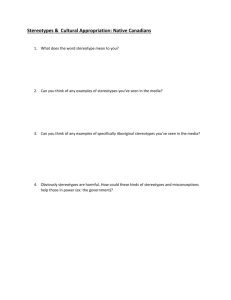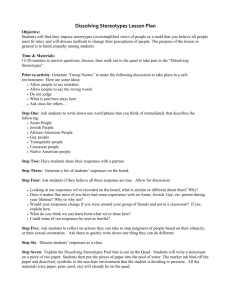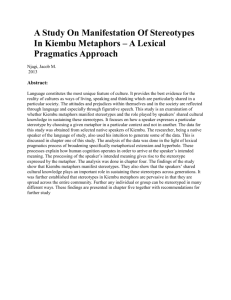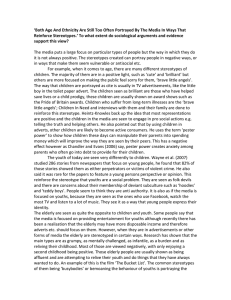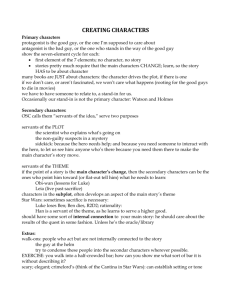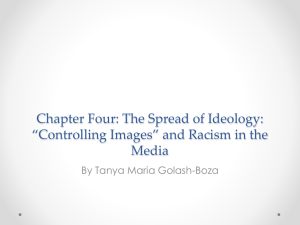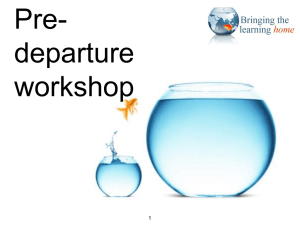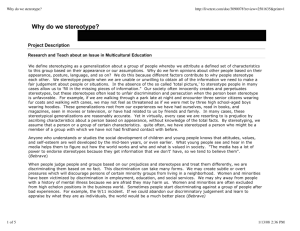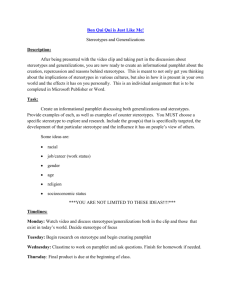to this lesson.
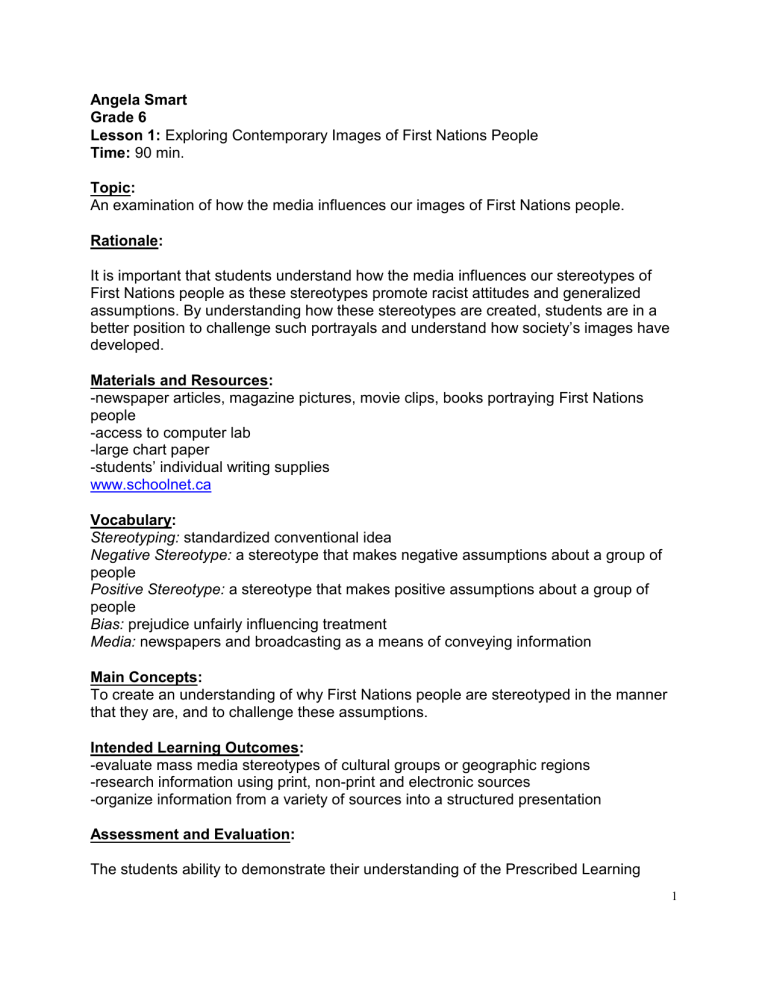
Angela Smart
Grade 6
Lesson 1: Exploring Contemporary Images of First Nations People
Time: 90 min.
Topic:
An examination of how the media influences our images of First Nations people.
Rationale:
It is important that students understand how the media influences our stereotypes of
First Nations people as these stereotypes promote racist attitudes and generalized assumptions. By understanding how these stereotypes are created, students are in a better position to challenge such portrayals and understand how society’s images have developed.
Materials and Resources:
-newspaper articles, magazine pictures, movie clips, books portraying First Nations people
-access to computer lab
-large chart paper
students’ individual writing supplies www.schoolnet.ca
Vocabulary:
Stereotyping: standardized conventional idea
Negative Stereotype: a stereotype that makes negative assumptions about a group of people
Positive Stereotype: a stereotype that makes positive assumptions about a group of people
Bias: prejudice unfairly influencing treatment
Media: newspapers and broadcasting as a means of conveying information
Main Concepts:
To create an understanding of why First Nations people are stereotyped in the manner that they are, and to challenge these assumptions.
Intended Learning Outcomes:
-evaluate mass media stereotypes of cultural groups or geographic regions
-research information using print, non-print and electronic sources
-organize information from a variety of sources into a structured presentation
Assessment and Evaluation:
The students ability to demonstrate their understanding of the Prescribed Learning
1
Outcomes for this lesson can evaluated through their written summaries and presentations. Using criterion-based assessment (see Appendix D in IRP for an example), the students can be given an achievement mark that reflects their ability and effort. Classroom participation can also be recorded and incorporated into the students’ total mark.
Planned Learning Activities:
1. The students will brainstorm media images of First Nations people using the materials that they have collected. Create a display (positive vs. negative) using the chart paper.
2. Discuss the advantages (for the dominant society) of such stereotypical portrayals and disadvantages for First Nations people
3. Have students work independently to complete the following statement:
My personal images of First Nations people have been most influenced by...
4. Allow students use the Internet to research the influence that First Nations people have had over the partic ular source that has influenced the student’s image (ex: sports teams names: research First Nations contribution to sports)
5. Direct students to prepare a one page summary of their findings and present to class
(provide specific criteria for summary and presentation based on student’s abilities and needs of teacher)
Extensions:
Weaker students and/or students with disabilities can be paired with stronger students so that they can experience using the Internet to obtain information. A modified summary will be permitted depending on the individual student’s capabilities. Students seeking enrichment can extend this activity by composing a challenging letter to the media representative of their choice.
Other Integration Opportunities:
This lesson can be used as part of Language Arts (expository writing) and as part of
CAPP
Other Supplementary Material Available: www.schoolnet.com
First Nations Stereotypes (video)
The Imaginary Indian, Teacher Resource Guide, BCTF, 1994 (print)
2
What will the teacher do?
Introduction:
motivate students’ interest by role playing a particular stereotypical scene (use a student to help you if necessary)
-introduce lesson and provide an advance organizer on blackboard
-state learning outcomes and rationale of lesson
Body:
-elicit brainstorming of media images of First
Nations people using materials brought in by students; create a display (positive vs. negative)
-discuss the advantages (for the dominant society) of such stereotypical portrayals and disadvantages for First Nations people
-have students work independently to complete the following statement:
My personal images of First Nations people have been most influenced by...
-allow students use the Internet to research the influence that First Nations people have had over the particular source that had influenced the student’s image (ex: sports teams names=FN contribution to sports)
-direct students to prepare a one page summary of their findings and present to class; provide specific criteria for summary and presentation (based on student’s abilities and needs of teacher)
Closing:
-review how the media can perpetuate stereotypes (how do we avoid this?)
-ask: describe one thing that you learned during today’s lesson?
-have volunteers restate learning outcomes and rationale
What will the student do?
Introduction:
watch role playing scenario and discuss it’s impact
-listen quietly and view advance organizer
-listen quietly
Body:
-brainstorm media images of First Nations people; share media materials with class
(decide whether image is positive or negative)
-offer suggestions of advantages and disadvantages
-work independently to complete the statement: My personal images of ...
-use the Internet to research the influence that First Nations people have had over their particular personal image source
-compose a one page summary of findings and present to class
Closing:
-discuss how the media can perpetuate stereotypes and how we can avoid this
-describe one thing that you learned during the lesson
-volunteer to restate learning outcomes and rationale
Time
10 min.
15 min.
65 min.
3
